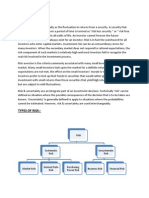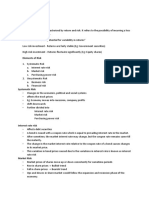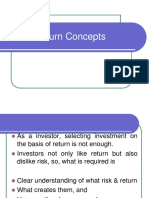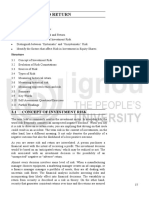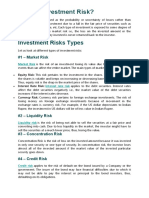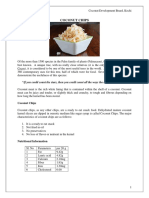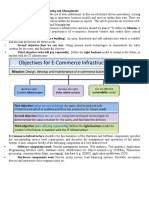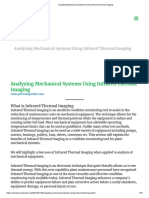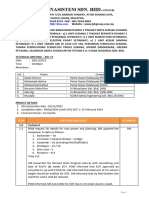0% found this document useful (0 votes)
27 views7 pagesModule 2 FM - 1
The document discusses risk analysis in capital budgeting, defining risk as the variability between expected and actual returns on investments. It differentiates between systematic risks, which affect the overall market, and unsystematic risks, which are unique to specific firms or industries. Various techniques for risk analysis, including statistical methods, conventional techniques like risk-adjusted discount rates, and decision-making tools such as sensitivity analysis and decision trees, are also outlined.
Uploaded by
gowdanishu729Copyright
© © All Rights Reserved
We take content rights seriously. If you suspect this is your content, claim it here.
Available Formats
Download as PDF, TXT or read online on Scribd
0% found this document useful (0 votes)
27 views7 pagesModule 2 FM - 1
The document discusses risk analysis in capital budgeting, defining risk as the variability between expected and actual returns on investments. It differentiates between systematic risks, which affect the overall market, and unsystematic risks, which are unique to specific firms or industries. Various techniques for risk analysis, including statistical methods, conventional techniques like risk-adjusted discount rates, and decision-making tools such as sensitivity analysis and decision trees, are also outlined.
Uploaded by
gowdanishu729Copyright
© © All Rights Reserved
We take content rights seriously. If you suspect this is your content, claim it here.
Available Formats
Download as PDF, TXT or read online on Scribd
/ 7









